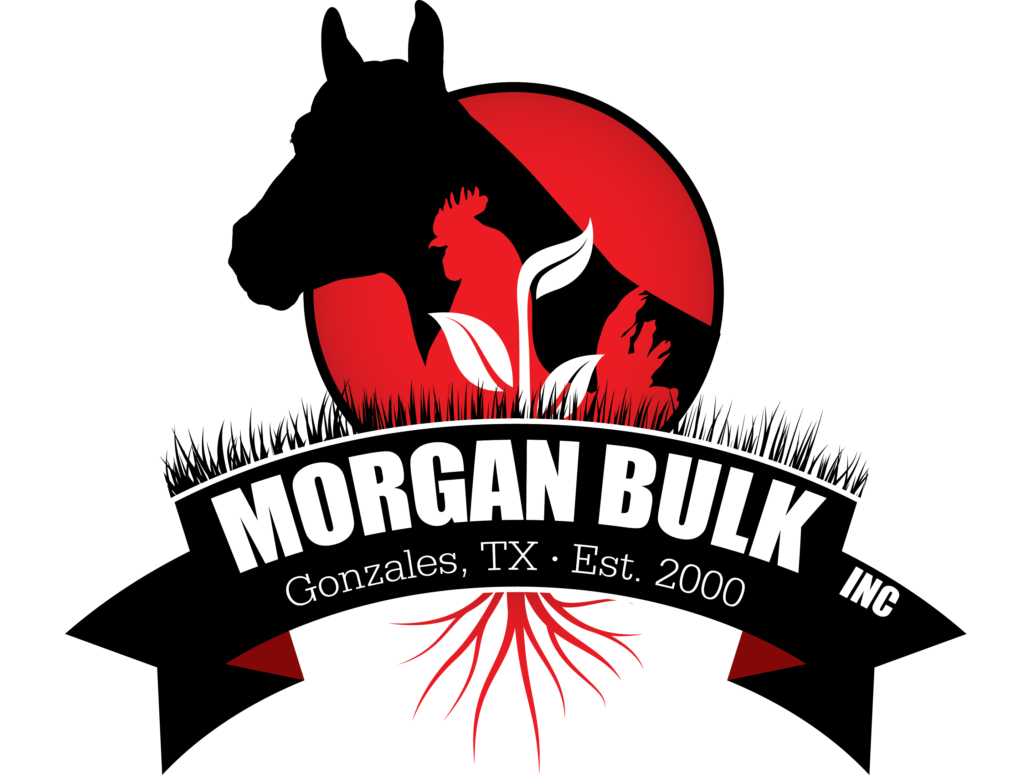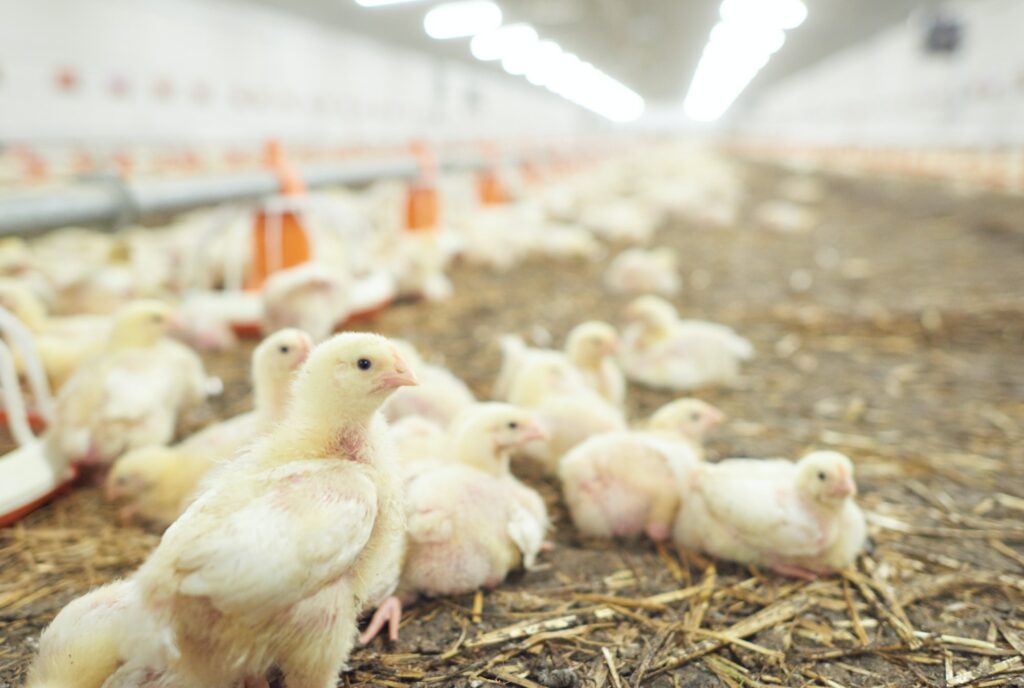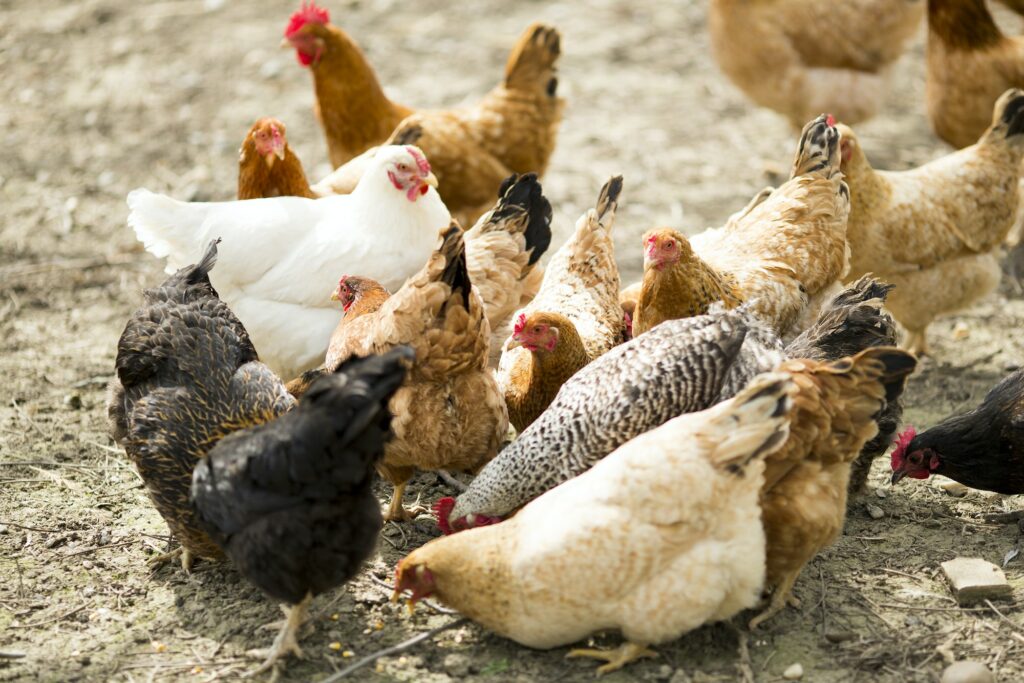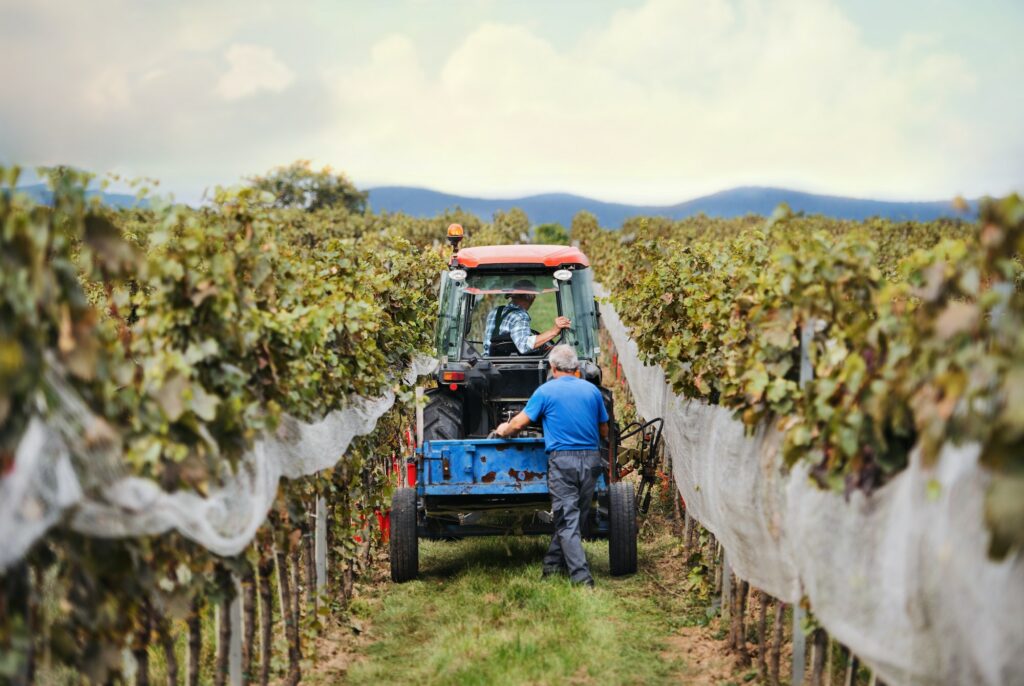Rice Hulls
Rice hulls are the outermost layer of the rice grain that is separated during the milling process. They are lightweight, highly resistant to water, and rich in silica, making them useful in a variety of applications. Rice hulls can be used as a substrate for mushroom cultivation, as a source of fuel for energy production, and as a component in animal feed.
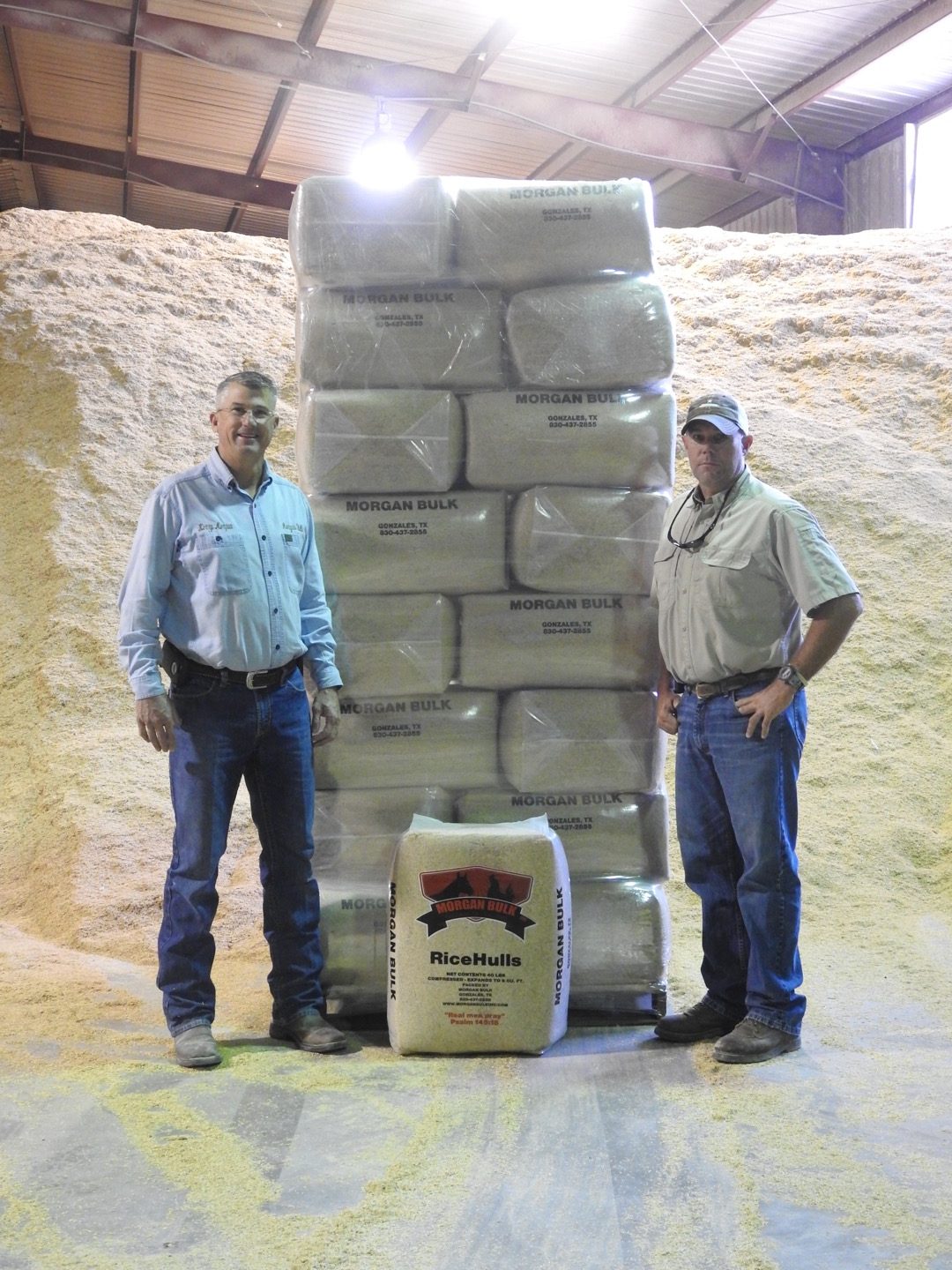
Benefits of Rice Hulls
Rice hulls have several benefits and can be utilized in a variety of ways. Here are some of the most significant benefits of rice hulls:
Renewable resource: Rice hulls are an abundant agricultural byproduct that can be sourced sustainably, making them a renewable resource.
Lightweight: Rice hulls are very lightweight, making them easy to handle and transport. This can be especially beneficial in industries such as construction, where heavy materials can be difficult to move.
Insulation: Rice hulls have good insulation properties and can be used as an insulating material in walls and roofs.
Mulch: Rice hulls can be used as a mulching material in gardens and agricultural fields. They can help to retain moisture in the soil, suppress weed growth, and add organic matter to the soil.
Animal feed: Rice hulls can be used as a component in animal feed, providing a source of fiber and improving digestion in animals such as poultry and cattle.
Mushroom cultivation: Rice hulls are a popular substrate for growing mushrooms due to their high silica content and ability to retain moisture.
Fuel source: Rice hulls can be burned to generate heat and electricity, providing a renewable energy source.
Rice Hulls as Sustainable Soil Amendment
Rice hulls are an excellent sustainable soil amendment for gardening and farming. Here are some of the reasons why:
Organic Material: Rice hulls are an organic material that can be added to soil to improve its physical and chemical properties. They are a byproduct of the rice milling process and are readily available in many parts of the world.
Improves Soil Structure: Rice hulls can improve soil structure by increasing soil porosity, which allows for better water infiltration and aeration. This can help improve plant growth and yield.
Nutrient-rich: Rice hulls are high in silica, which is a beneficial nutrient for plants. They also contain small amounts of other nutrients, including nitrogen, phosphorus, and potassium, which can be slowly released into the soil as the hulls decompose.
Environmentally Friendly: Rice hulls are a renewable resource that can be used to improve soil health and reduce waste. They are biodegradable and do not contribute to environmental pollution.
Cost-Effective: Rice hulls are often less expensive than other types of soil amendments, such as peat moss or vermiculite. This makes them an attractive option for gardeners and farmers on a budget.
Overall, rice hulls are an excellent sustainable soil amendment that can improve soil health, increase plant growth and yield, and reduce waste. They are easy to use, cost-effective, and environmentally friendly, making them an ideal choice for gardeners and farmers looking to improve their soil.
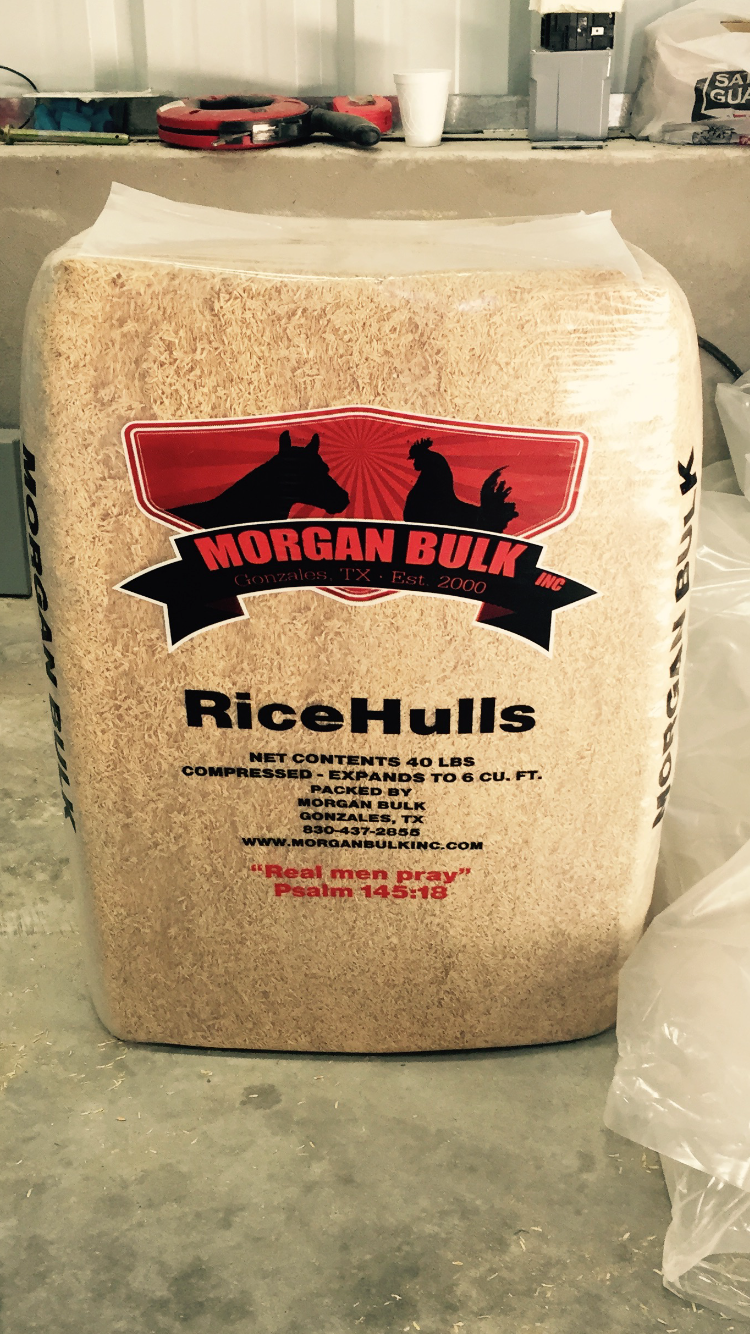

How to Use Rice Hulls in Gardening
Rice hulls can be used in gardening in several ways, such as:
Mulching: Rice hulls can be used as a mulch around plants to help retain moisture and regulate soil temperature. They break down slowly, which means they will not have to be replaced as often as other types of mulch.
Soil Amendment: Rice hulls can be mixed with soil to help improve its texture and aeration. Rice hulls are high in silica, which is beneficial for plant growth and can help plants resist pests and diseases.
Composting: Rice hulls can be added to a compost pile to help balance the carbon-to-nitrogen ratio. They are high in carbon and will help absorb excess moisture in the pile.
Seed Starting: Rice hulls can be used as a medium for starting seeds. They are lightweight and easy to handle, and they provide good drainage and aeration.
To use rice hulls in gardening, you can purchase them from a garden center or online supplier. Before using rice hulls in your garden, it is recommended to rinse them thoroughly with water to remove any dust or debris. You can then apply them as a mulch, mix them with soil, add them to a compost pile, or use them as a seed starting medium.
General Questions
Have you been wondering how rice hulls and poultry litter could be useful? We’ve got the answers to your questions right here, so consider yourself in-the-know!
They help aerate the soil, retain moisture, and prevent weeds from growing. Therefore rice hulls can be used in the garden as mulch.
Composted chicken manure provides a slow-release source of macro- and micronutrients and acts as a soil amendment. Compared to other manures, chicken manure and the associated litter are higher in nitrogen, potassium, phosphorus and calcium, and are also rich in organic matter (Zublena, 1993). Addition of organic matter to soils increases a soil’s water-holding capacity, improves aeration and drainage, reduces erosion, reduces fertilizer leaching and improves a soil’s structure.
They are a good source of phosphorus and potassium, which are essential nutrients for plant growth.
Blog & Article
What You Need to Know About Poultry Litter as a Soil Amendment
Micronutrients: Most farmers only apply micronutrients when their crops show a deficiency of…
Good News for Poultry Litter in Oklahoma
On a case in Oklahoma that began in 2009, the Court ruled, in…
Poultry Litter as a Fuel?
Read here to find out about the The Wall Street Journal article on…
